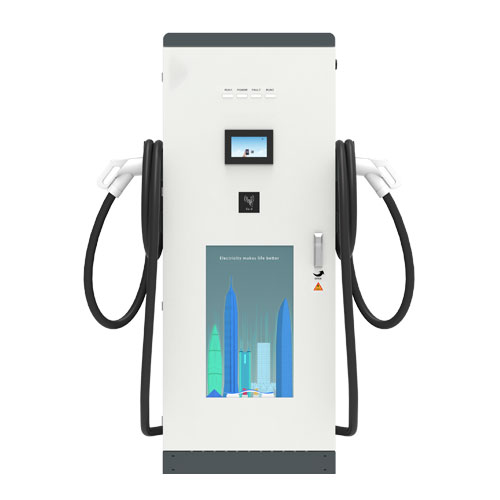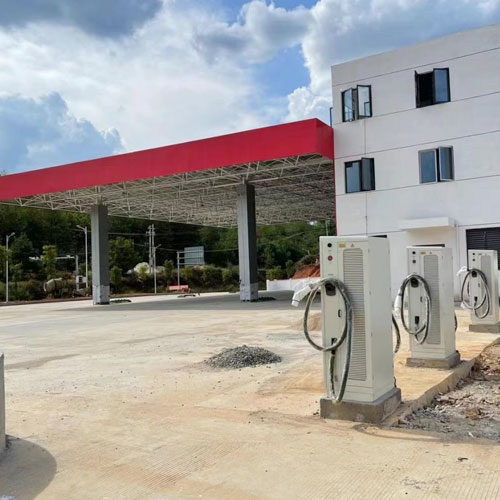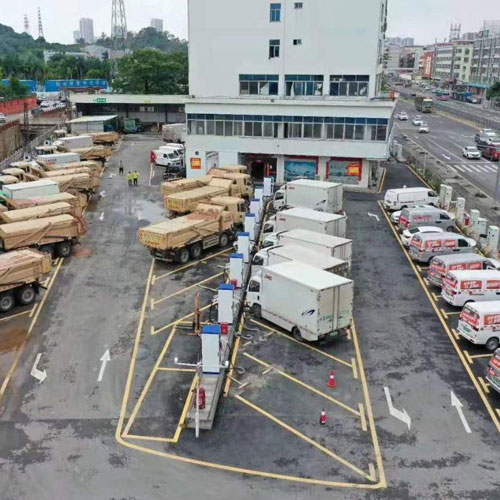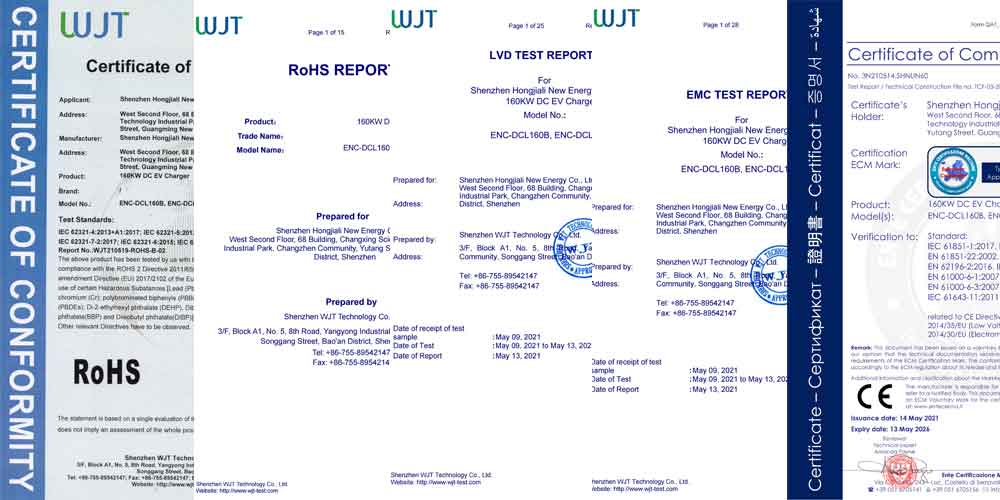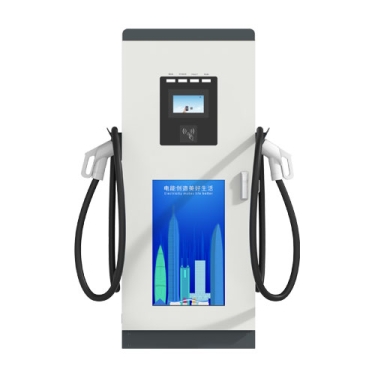Battery charging stations There are two main types: AC charging stations and DC charging stations.Electric vehicle batteries can only be charged by direct current (DC) electricity, while most mains electricity is delivered from the power grid as alternating current (AC). For this reason, most electric vehicles have a built-in AC-to-DC converter commonly known as the "onboard charger". At an AC charging station, AC power from the grid is supplied to this onboard charger, which converts it into DC power to then recharge the battery. DC chargers facilitate higher power charging (which requires much larger AC-to-DC converters) by building the converter into the charging station instead of the vehicle to avoid size and weight restrictions. The station then supplies DC power to the vehicle directly, bypassing the onboard converter. Most modern electric car models can accept both AC and DC power.
Battery dc charging stations product parameters:
Parameters | Requirements | ||
General Requirements | |||
EV Charger Type | DC | ||
Charger Capacity | 160KW | 180KW | 240KW |
Equipment size | L750*W750*H1920(mm) | ||
Product Model NO. | ENC-DCL160B ANSI-DCL160B JIS-DCL160B | ENC-DCL180B ANSI-DCL180B JIS-DCL180B | ENC-DCL240B ANSI-DCL240B JIS-DCL240B |
Mounting | Ground-Mounted | ||
Input Requirements | |||
AC Supply System | Three-Phase, 5 Wire AC system | ||
Nominal Input Voltage | AC380V±15% | ||
Input Frequency | 45-65Hz | ||
Environmental Requirements | |||
Ambient Temperature Range | -25 to 55°C | ||
Ambient Humidity | 5 to 95% | ||
Storage Temperature | -40 to 70°C | ||
Mechanical Requirements | |||
IP Ratings | IP 54 | ||
Cooling | Air-cooled | ||
Output Requirements | |||
Number of Outputs | 2 | ||
Type of Each Output | DC200-750V DC150-500V(JIS) | ||
Single Output Max.Current | 200 Amp | ||
Power Factor | ≥0.99(50% load above) | ||
User Interface & Display Requirements | |||
Display & Touch-Screen Size | 7 Inches Touch Screen with Shell | ||
User Authentication | QR Code/RFID Card /Password Login | ||
Metering Information | Consumption Units | ||
Communication Requirements | |||
Communication between EVSE and Central server | OCPP 1.6J Protocol (Optional) | ||
Interface between Charger and CMS | Ethernet/3G/4G/WIFI (Optional) | ||
Protection & Safety Requirements | |||
Executive Standard | IEC 62196 2017, IEC 61851 2017, SAE J1772,CHAdeMO etc. | ||
Safety Parameters | Over Current, Over Voltage, Under Voltage, Residual Current, Surge Protection, Leakage Protection, Short Circuit, Over Temperature, etc. | ||
